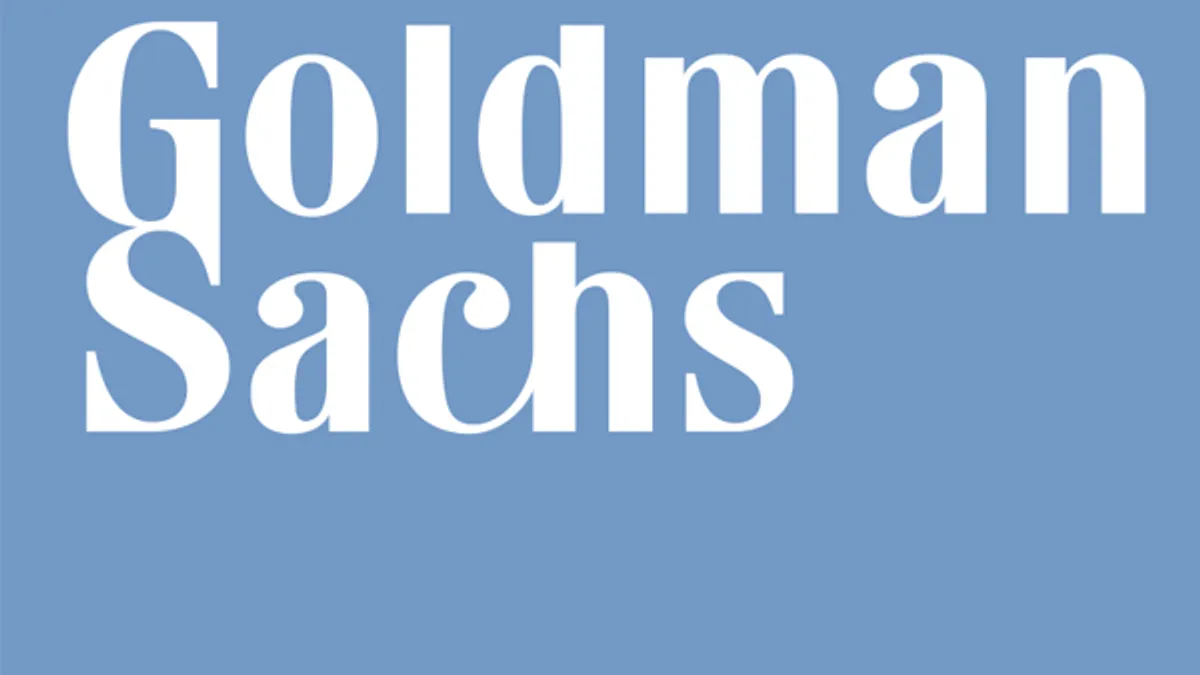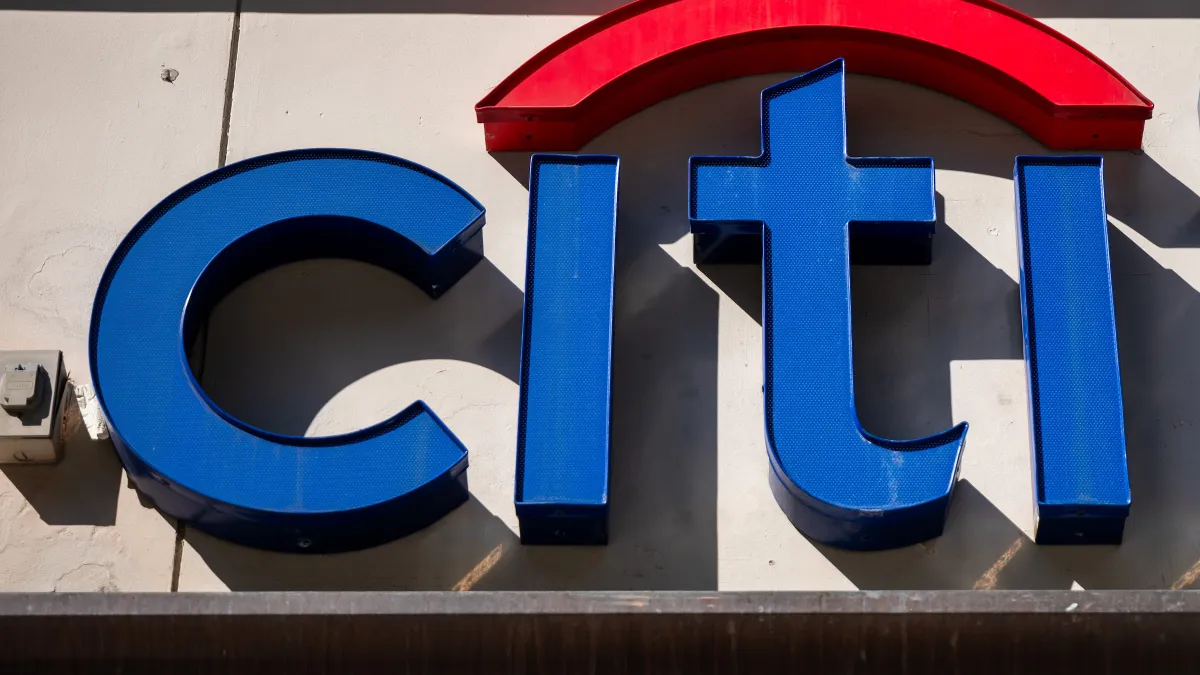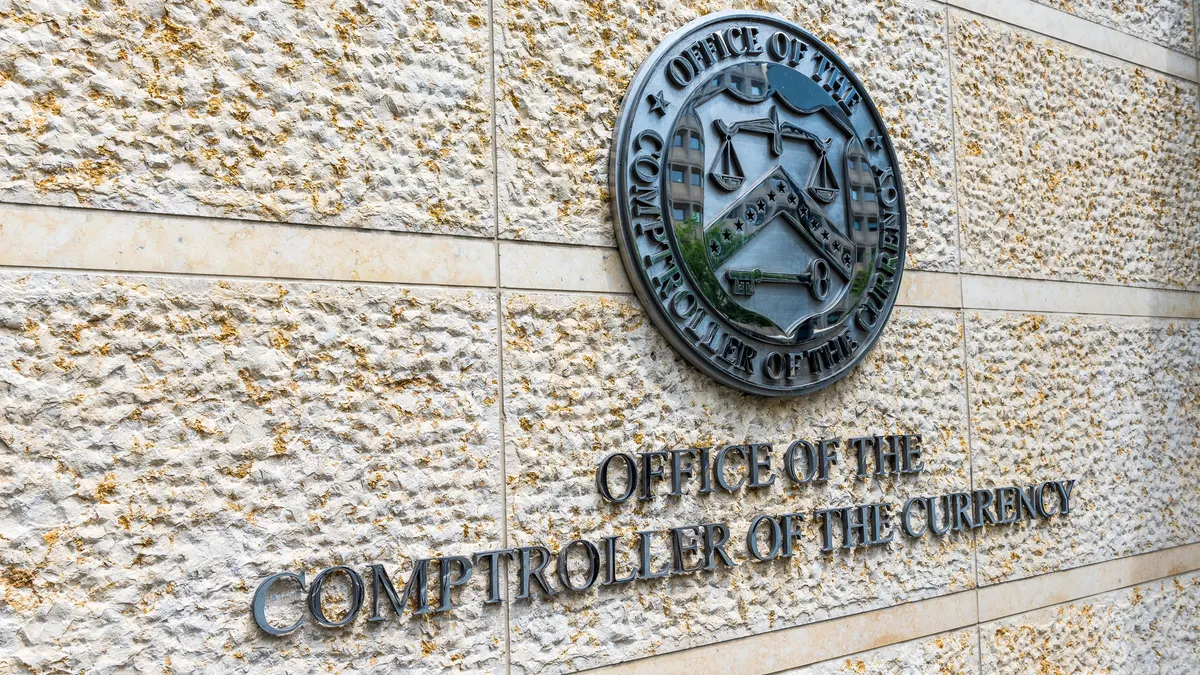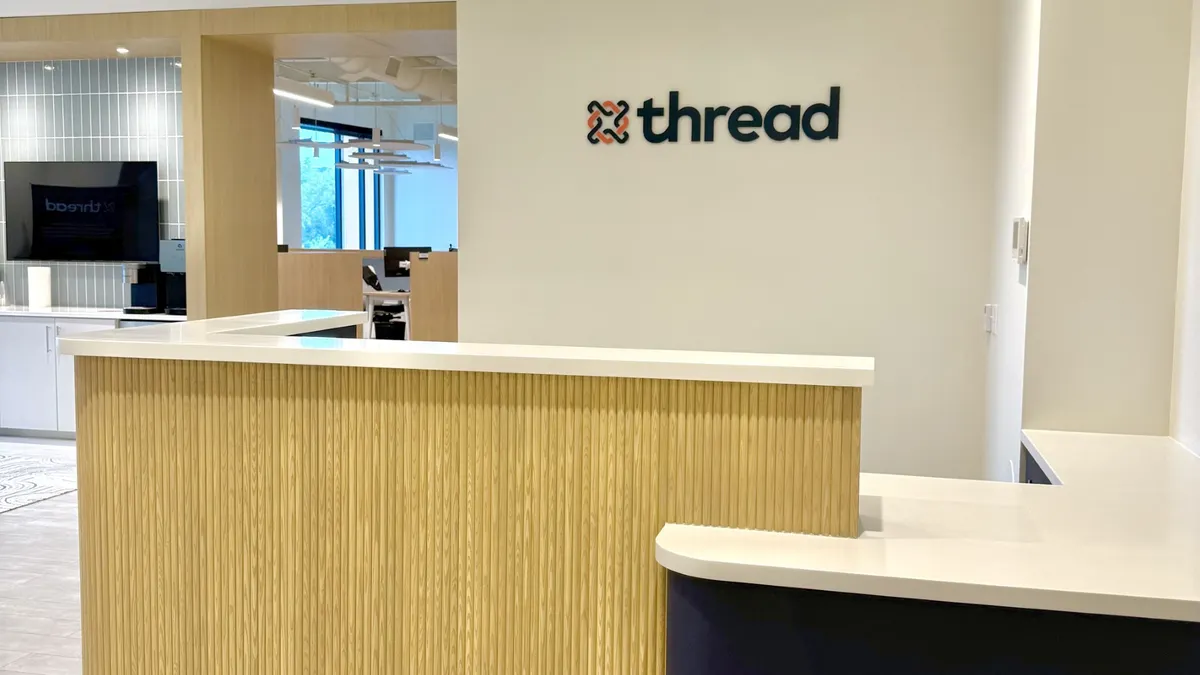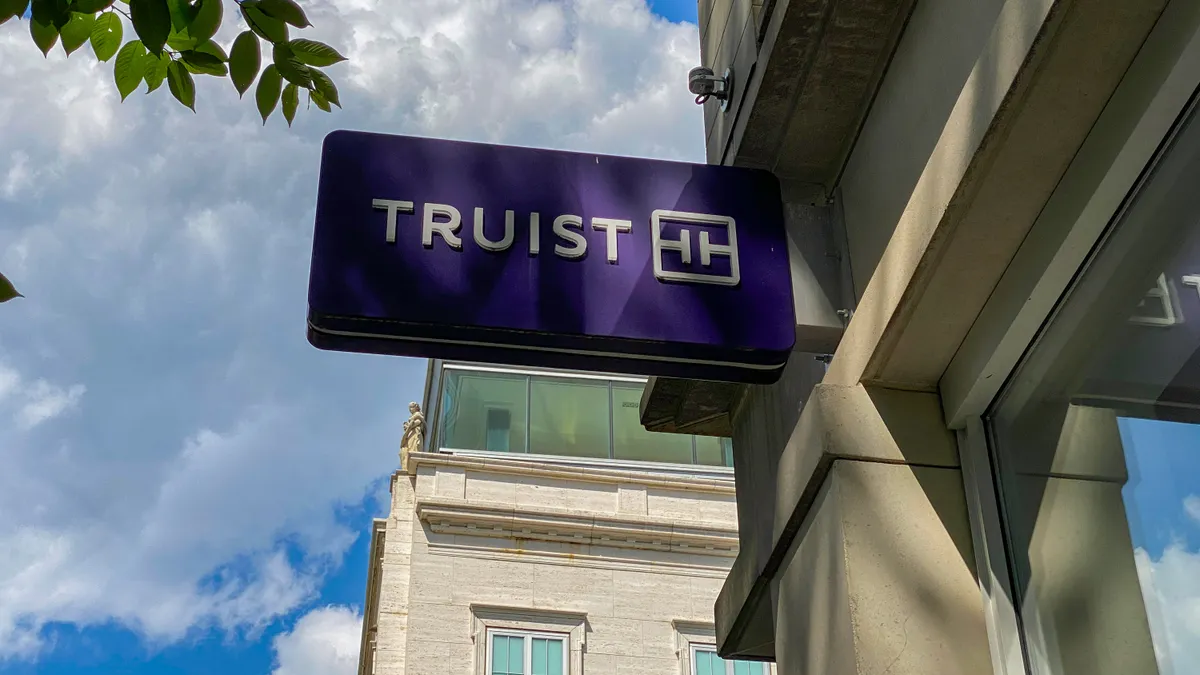Goldman Sachs CEO David Solomon is a DJ — he knows how to energize an audience.
And perhaps that was the purpose of the bank’s much-anticipated, first-ever investors day on Wednesday. Goldman announced the event nearly three months early — enough lead time to let investors’ minds run wild with speculation over what sea change could be ahead for the vaunted bellwether of American investment banks.
The goals the bank laid out in its 263-page collection of slides could have been summarized in a quarterly earnings call. But gathering interested parties in person for the all-day affair lent an air of urgency to a strategy the bank admitted would take time — as well as investor patience.
Among the bank’s splashier goals, Goldman aims to more than double deposit balances at its consumer bank by 2025 — to $125 billion from $60 billion. And nearly triple its consumer loans and card balances during that time frame — to $20 billion from $7 billion. The bank wants to introduce checking accounts by 2021, and will focus on expanding its set of loan products beyond those currently offered by Marcus and its co-branded Apple Card.
Goldman also wants to rely more heavily on transaction banking — the business of moving money around the world for large companies — and grow its alternative investing business and wealth management. The bank said it expects a $1 billion pretax loss in 2020 from its consumer and transaction banking ventures, but was confident those segments could yield $1 billion in annual revenue five years down the line. That’s a far cry from the $200 million the consumer and wealth management division earned last year, but it would still be a fraction of the 40% of the bank’s revenue brought in by the securities division.
The bank’s emphasis on new revenue streams concerned UBS’s Brennan Hawken, who told clients such a strategy "carries the greatest risk."
"We are embracing the bank model" Goldman CFO Stephen Scherr said. But at least one attendee may have wondered which bank that was.
"We used to all want to be Goldman Sachs," a senior rival investment banker told the Financial Times. "Now Goldman Sachs seems to want to be Citigroup or JPMorgan."
For that comparison, one need only look at the numbers — and investor day offered plenty of those.
Goldman set a goal to boost its return on tangible equity (ROTE) to more than 14% in the next three years and to the "mid-teens or higher" in five. That figure sits at 10.6% now — less than one-third what it was in 2006 and 2007, Goldman’s peak years for the measure. But 14% would put the bank on par with its biggest competitors: Morgan Stanley targets 13% to 15%; JPMorgan Chase set — and achieved — a goal of 17% ROTE in 2019.
From a stock price perspective, Goldman is up 7.5% since Solomon took the reins in October 2018, according to Bloomberg. By comparison, Morgan Stanley is up 16%, and JPMorgan Chase, 20%.
Goldman is not forsaking a more conservative strategy: cost cutting. The bank said it wants to push its efficiency ratio under 60% from its current 68%. (That figure includes a $1 billion litigation charge the bank took in the fourth quarter related to the 1Malaysia Development Berhad scandal.)
Goldman wants to trim $1.3 billion in operating costs by shedding some managers and moving employees to lower-cost areas. Scherr said the bank’s trading division would "benefit most" from the cuts, as he outlined $700 million in reductions in that unit. The bank also wants to continue its upward trajectory in tech spend. It increased its technology budget by almost 10% to $4.3 billion this year.
To recap: New revenue streams, check. Cost cuts, check. Ambitious targets, check.
"If this seems simple, that’s the point," Solomon said, according to The Wall Street Journal.
But simple and easy aren’t synonyms. And judging from the stock market reaction — the price of Goldman shares slid 1.2% by midday Wednesday — investors may be experiencing some uneasiness.
Beyond that, investor day may not have delivered — at least externally — the spark Goldman envisioned.
“There was no wow factor,” Brian Kleinhanzl, an analyst at Keefe Bruyette & Woods, told the Financial Times.
“It’s all positive stuff they’re working on,” said an investor who holds shares in Morgan Stanley and who equated Goldman’s new-business strategy to a handful of science experiments. “Just not terribly inspiring at this point in time."



